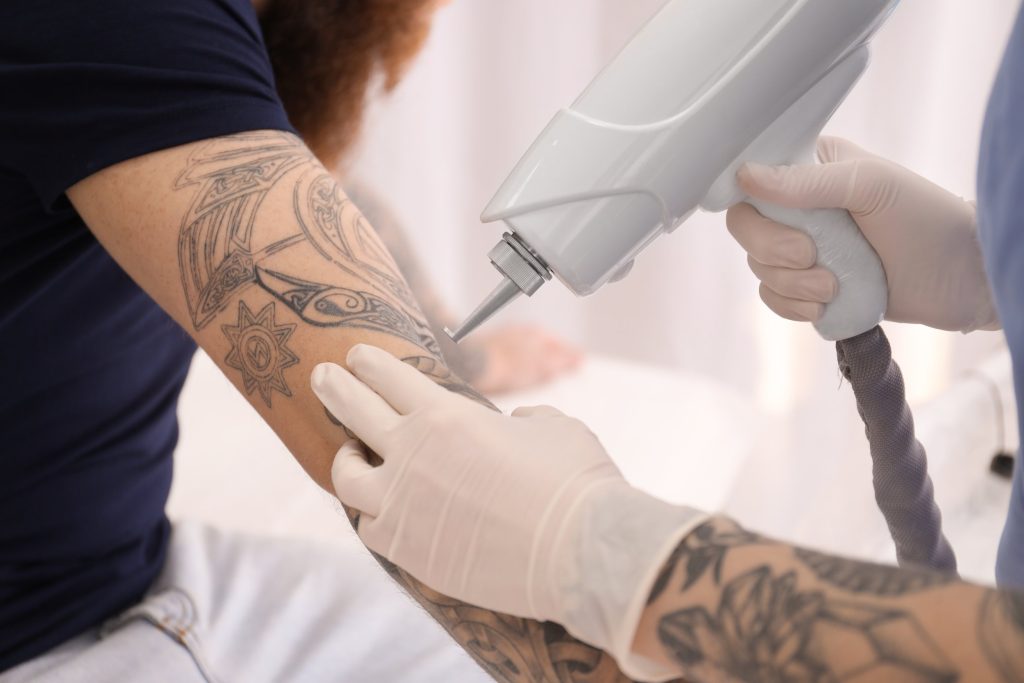Today, we’re chilling out — quite literally — as we explore the surprisingly refreshing world of ice baths. If you’ve ever wondered why some athletes plunge into icy waters after a grueling workout, you’re in for a treat. Let’s break down the six cool benefits of ice baths after workouts
Benefits of Ice Baths for Your Fitness Routine
1. Speeds Up Recovery
Let’s start with the biggie: recovery. Ice baths can reduce muscle soreness after intense workouts. The cold water helps constrict blood vessels and decreases metabolic activity, which reduces swelling and tissue breakdown.
Pro tip: Don’t jump right into icy water. Start with a lukewarm bath and gradually add ice to acclimate your body to the cold.
2. Reduces Inflammation
Inflammation is your body’s natural response to injury, but too much can hinder recovery. Cold water immersion helps limit this inflammatory response, making sure you’re ready for your next workout sooner.
Pro tip: Combine the intervention with other anti-inflammatory practices, like eating foods rich in omega-3s or taking certain types of thc, for an added boost.
3. Boosts Mental Toughness
There’s no denying it — exposure to cold is a mental challenge. Regularly braving the cold can strengthen your mental resolve, which translates into better focus and performance during workouts.
Pro tip: Use breathing techniques to calm your mind when you first enter the bath. It helps manage the initial shock of the cold.
4. Improves Circulation
Once you’re out of the cold water, your body works to warm up, boosting blood circulation. This improved blood flow helps in flushing out toxins and supplying nutrients to muscles.
Pro tip: After the bath, wrap up in a warm towel and do light stretching to aid circulation.
5. Enhances Sleep Quality
A good night’s sleep is crucial for muscle recovery. Cooling can help lower your heart rate and relax your body, leading to better sleep quality.
Pro tip: Schedule your post-workout interventions in the evening to capitalize on this sleep-inducing benefit.
6. Supports Immune System
Regular cold exposure can stimulate the immune system. This means potentially fewer sick days and more time staying active and healthy.
Pro tip: Start with shorter bath durations and gradually increase as your body adapts.
How to Make Ice Baths Part of Your Routine
Incorporating ice baths into your workout routine isn’t as impossible as it may sound at first. Here are a few practical steps that will help you make it happen!
Start Slow
Begin with shorter, less intense sessions. Try starting with water at a slightly chilled temperature before moving to colder temperatures. Aim for 1-2 minutes initially and gradually increase the duration.
Regularity is Key
Consistency is crucial. Schedule your baths just like you would a workout. Regular practice not only builds tolerance but also maximizes the benefits.
Safety First
Again, never jump into it immediately after a workout. Allow your body to cool down naturally for about 15-20 minutes. Also, ensure someone is around when you take your first few baths, just in case you need assistance.
Make it Enjoyable
Create a relaxing environment. Play some music, light a candle, or read a book if you can manage. Making the experience enjoyable will help you stick to the routine.
Monitor Your Body’s Response
Pay attention to how your body reacts. If you feel too uncomfortable or notice any adverse reactions, it’s okay to cut the session short. Remember, this intervention should be challenging but not harmful.
Balance with Warm Recovery
After your bath, gradually rewarm your body with a warm shower, light stretching, or warm clothing. This helps in balancing the body’s temperature and aids in the recovery process.
4 Cool Alternatives
For those who aren’t quite ready to take the icy plunge, there are several other ways to enjoy the benefits of cold therapy. Here’s a list of four cool alternatives that can be just as effective:
Cold showers
An excellent starting point, cold showers can invigorate your body and offer similar benefits to ice baths. Begin with lukewarm water and gradually decrease the temperature over the course of your shower. Aim for 1-2 minutes of cold exposure to start.
Localized ice packs
If you have specific areas of soreness or inflammation, localized ice packs can be a great option. Apply one wrapped in a towel to the affected area for about 15-20 minutes. This targeted approach can help reduce pain and swelling.
Cryotherapy
Cryotherapy involves exposing the body to extremely cold air for a few minutes. It can reduce inflammation, improve skin health, and even boost mood. While cryotherapy sessions are usually done in special chambers at clinics or spas, portable cryotherapy devices are also available.
Cold water swimming
For the more adventurous, swimming in cold water can be exhilarating. This may be in a natural body of water or a non-heated pool. The key is gradual exposure and listening to your body’s limits (nothing new here!). Cold water swimming benefits muscle recovery and also enhances mental resilience.
Word of Caution
While ice baths (and similar interventions) can offer numerous benefits, they’re not suitable for everyone. Here’s a quick rundown of who should steer clear of those:
- People with heart conditions or high blood pressure should avoid them. The extreme cold can cause vascular constriction, which can be risky for those with cardiovascular issues.
- Raynaud’s Disease causes some areas of your body — like your fingers and toes — to feel numb and cold in response to cold temperatures. Ice baths could exacerbate these symptoms.
- Pregnant women should avoid this intervention, too. The extreme cold can be a shock to the system and may not be safe for the developing fetus.
- Those with conditions like neuropathy or heightened nerve sensitivity should avoid cold temperatures as they can cause discomfort or exacerbate existing conditions.
- Children’s and elderly people’s bodies may not regulate temperature as effectively, making extreme cold exposure potentially dangerous.
Remember, it’s crucial to consult with a healthcare professional before starting any new health regimen, especially if you have existing health concerns. Safety first!
Conclusion
And there you have it — six frosty benefits of taking an ice bath after workouts and a few cool alternatives if you aren’t ready for those. Remember, it’s about listening to your body and finding the right balance. Always consult with a healthcare professional before starting any new health regimen.
Keep Reading: 5 Essential Knowledge For Fitness Trainers
I’m Muhammad, not just a writer. You can call me “Wordsmith of Infozone24.com”.
Truely, I enjoy writing blogs for people. Doing this since 2015 on a variety of topics.
My research skills are honed through years of academic publications and investigative journalism. They fuel my quest for knowledge.
I am nearing completion of my Master’s degree in Information Science. It is just another step in this lifelong journey.
Beyond credentials, my true compass is the joy of learning. My mission is simple: to make information accessible, engaging, and helpful for people.
I have publications on many authoritive websites like Zolo.ca.



